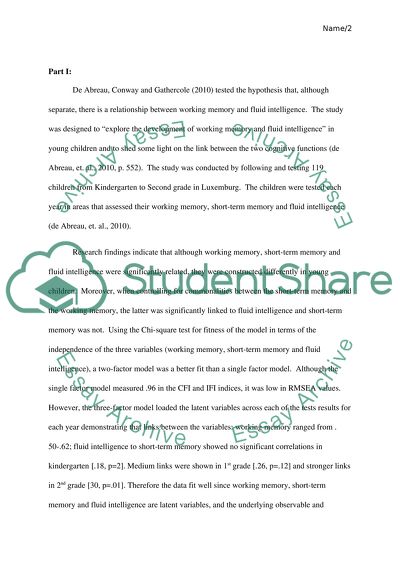Cite this document
(“Discussion of a research article using Structural Equation Modelling Essay”, n.d.)
Retrieved from https://studentshare.org/psychology/1474530-discussion-of-a-research-article-using-structural
Retrieved from https://studentshare.org/psychology/1474530-discussion-of-a-research-article-using-structural
(Discussion of a Research Article Using Structural Equation Modelling Essay)
https://studentshare.org/psychology/1474530-discussion-of-a-research-article-using-structural.
https://studentshare.org/psychology/1474530-discussion-of-a-research-article-using-structural.
“Discussion of a Research Article Using Structural Equation Modelling Essay”, n.d. https://studentshare.org/psychology/1474530-discussion-of-a-research-article-using-structural.


